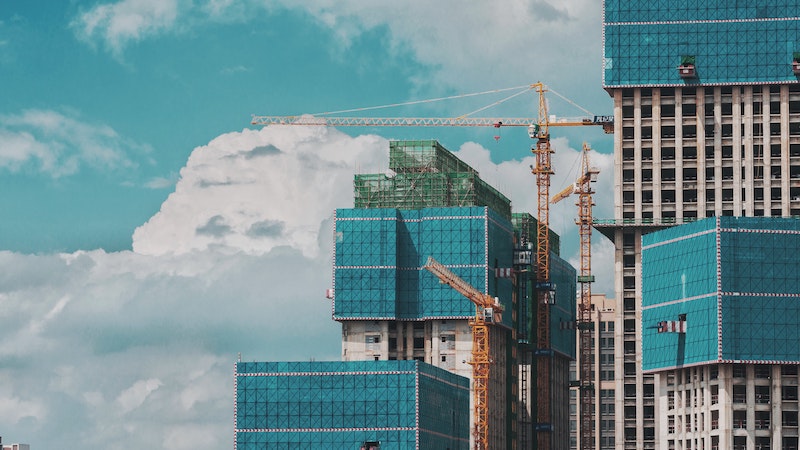
Safety for Workers, Here is What You Should Know
Safety within the construction industry and beyond this is vital for the reputation of your business and the welfare of your workers.
It may begin with ensuring that they have the correct training for the job, as well as ensuring that you check drivers license status on all new workers.
However, safety now goes beyond the initial security checks.
The more attention is paid to the training and instruction of construction workers, the smaller the chances of accidents, damage to equipment and property, and more importantly – casualties.
While in fixed workplaces, such as factories/construction sites, that remain in the same building day after day and year after year, with the same work environment familiar to the worker, so construction sites are a dynamic work environment that varies from day to day.
The system of risks at a construction site is, as stated, dynamic and intensifying, and there are two main types of risks:
- Normal risks: Such as work at height, concrete castings, crane work, and so on.
- Increased risks: Resulting from performing two jobs with “normal” risk, when the combination of the two increases the level of risk to “increased” risk.
In light of all this, the importance of training and instruction for construction workers, and especially the need for safety training and refresher rules, is constantly important.
The workplace often changes, as do rules and regulations, which is why it is important to instil this into all workers.
Sometimes, a safety training or refresher must be held every day in light of the rapid changes at a particular construction site, or a change in the job assigned to the worker.
This should be undertaken by the management as it is their responsibility and not that of the employees.
Prevention is better than the cure
Firstly, it is advisable to do everything possible to prevent accidents as much as possible.
The victim and their family begin a long and sometimes complex recovery process after the injury and this may include financial and legal implications if the worker feels that their accident could have been prevented.
In case of loss of life – this could have major repercussions for a business, which is why the correct training, guidance and insurance should be implemented to make sure this is avoided.
There is no adequate replacement or compensation for a life that has been cut short but thankfully most businesses do have strict safety laws in place that protect workers as much as possible.
However, in some circumstances, this still isn’t the case.
Making the workplace safe in all industries is important; because there should be no fear in any job. It is known that some of the most dangerous industries to work in are:
- Construction industry
- Aviation industry
- Roofers and roofing workers
- Fishing industry
- Farmers and ranchers
So be sure that your business implements a regime that keeps everyone safe, with the appropriate checks, including health checks if needed, as well as an environment that feels positive and a good place to work.
This way you can contribute to a successful future in the construction industry and beyond.
Main image by C Dustin on Unsplash
2 thoughts on “Safety for Workers, Here is What You Should Know”
Leave a Reply
You must be logged in to post a comment.



Construction site safety is heavily regulated, and skirting the rules could result in significant fines. Should an accident occur onsite, you may be on the hook for medical bills and property damage…..not to mention a potentially significant loss of business reputation. Yikes, right? In order to mitigate this from happening to you and your company, try conducting regular safety training sessions, safety audits and compliance audits throughout the entire lifecycle of the project https://www.ablesafety.com/course/10-hour-sst-worker-package-online
I absolutely agree that communication and training are key to preventing any accidents. Local Law 196 of 2017 went into effect on October 16, 2017. It created new requirements for construction site safety training courses. I expected this to significantly reduce mortality in the construction industry.